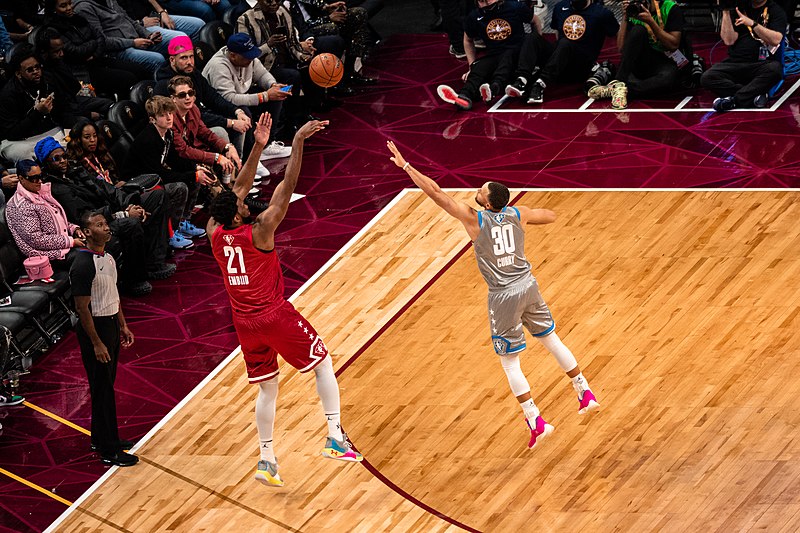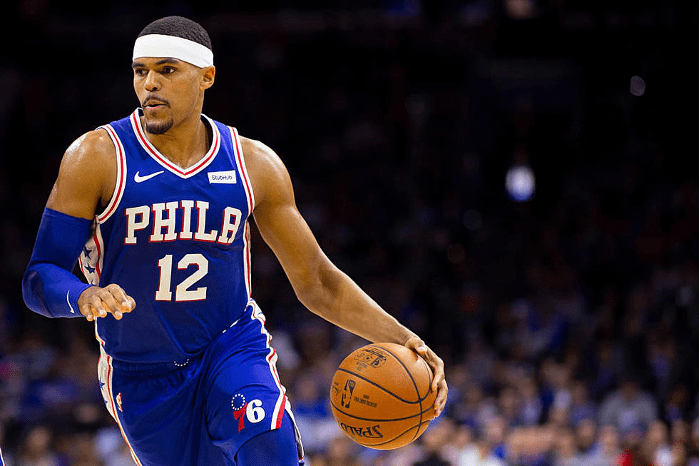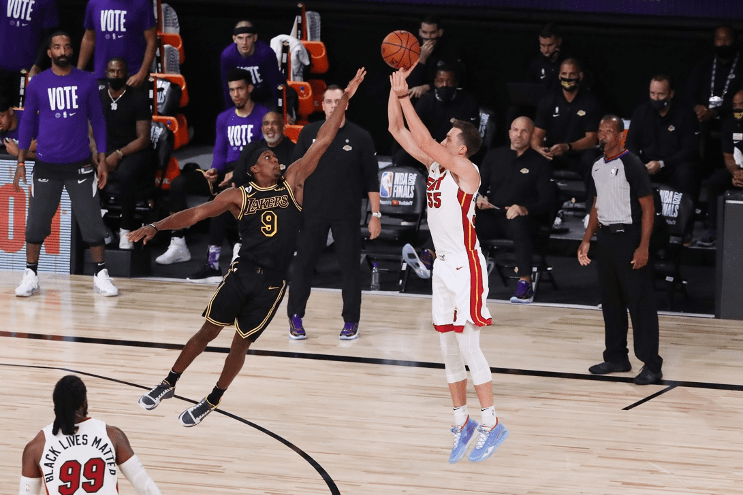

The game of basketball is ever-changing and evolving. While the game used to be played at a much slower and more deliberate pace, it is now the teams that excel at getting out on the break that seem to find the most success. While post players used to be predominately back to the basket, pound it in the post type of players, they must now be able to stretch the floor on the perimeter and be decent passers. The game does not stand still, and the next iteration of basketball seems to be moving away from specialist players, also known as ‘3 and D’ players, into an era where individuals must be more well-rounded.

Throughout the ebb and flow of a basketball season, it is inevitable that players will have a few off days. If a player is simply a specialist, they will fall into a trap of not being able to contribute to their team because there is not an additional skill set to fall back on. The number one seeds for the NBA’s Eastern and Western conferences boast players outside of the “superstars” that can score and impact the game in multiple ways. Through the first round of the playoffs, the Philadelphia 76ers are leading the playoff teams with 44.4 points created per game off drives and pullups from players that are not Joel Embiid or Ben Simmons. Utah comes in third with 39 points per game from these types of shots (not including Donovan Mitchell).
The New York Knicks were second in the first round in terms of creating points off drives and pull-ups (41.4 points per game) from the role players, but their inability to knock down the three-point shot ultimately led to them being knocked out in the first round to the Atlanta Hawks. Players like Dillon Brooks, Jordan Clarkson, Tobias Harris, and Bojan Bogdanovich are such assets to their respective teams because of their ability to create for their team in a variety of ways. If teams try to run these players off the 3-point line, they have the ability to put the ball on the floor and get to the midrange or all the way to the rim. Conversely, when a player is pigeon-holed into a role, such as just being a sharpshooter, teams are able to adapt to defending that much easier. In addition, if a shooter is having an off day, they won’t be able to provide be an asset to their team if they are unable to create in other ways.

This very predicament could also be seen in the Game 7 Western Conference first round matchup between the Los Angeles Clippers and the Dallas Mavericks. Outside of Luka Doncic, Mavericks players shot 5/25 from the 3-point line. Against a much deeper Clippers team, Dallas was able to push the series to a Game 7 because of their ability to shoot the 3 early in the series, along with the stellar play of Doncic. However, when the three ball was not falling for Dallas in this winner-takes-all game, their guys were not able to create in other ways, ultimately losing an opportunity to advance to the second round of the playoffs for the first time in 10 years.

While basketball has not yet completely transformed from teams comprised of superstars surrounded by ‘3 and D’ players, the future is going to demand that basketball goes away from these specialist-type roles into having people who are multi-dimensional. While not every player needs to be at the superstar level of a Breanna Stewart, a Stephen Curry, or a LeBron James; but the people surrounding these players need to be able to have a dynamic skillset that makes them hard to guard. The era of ‘3 and D specialists’ is going to an end, and the era of the complete basketball player will soon be ushered in.
Thank you Annanya for your article “Is the 3 and D Era Coming to an End?” See you soon and, Keep sharing the game!
Twitter: @AnnanyaRaghavan @GenZWarriors
Related Posts
by Manos Manouselis BASKETBALL, AN AMAZING JOURNEY The learning experience of those almost four decades is valuable and it is
by Brent Tipton (Head Coach u17 Guam Men’s National Team) After practice, you sit down at your desk, sigh a
Get this free basketball coaching course and discover how our digital academy works.